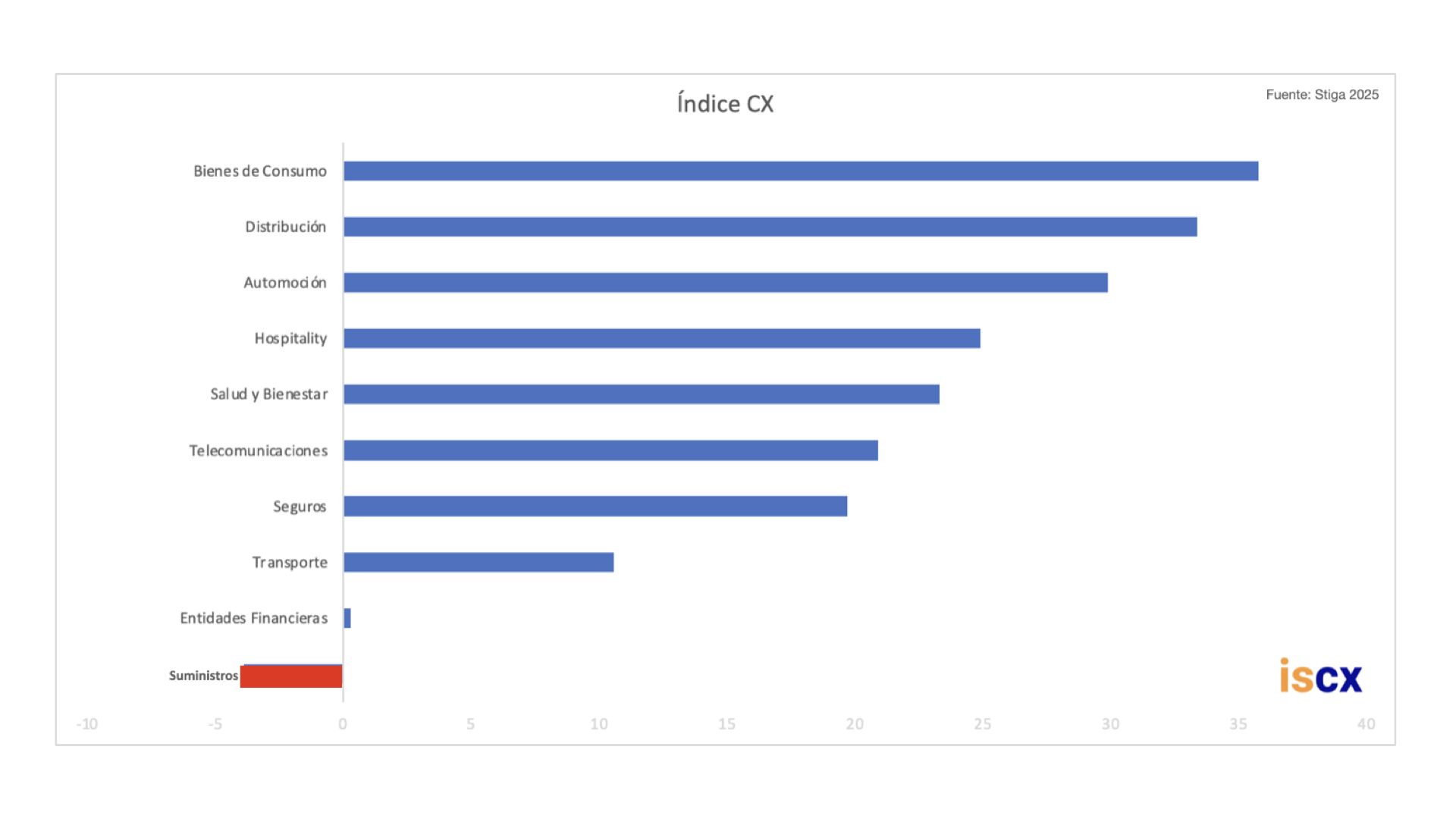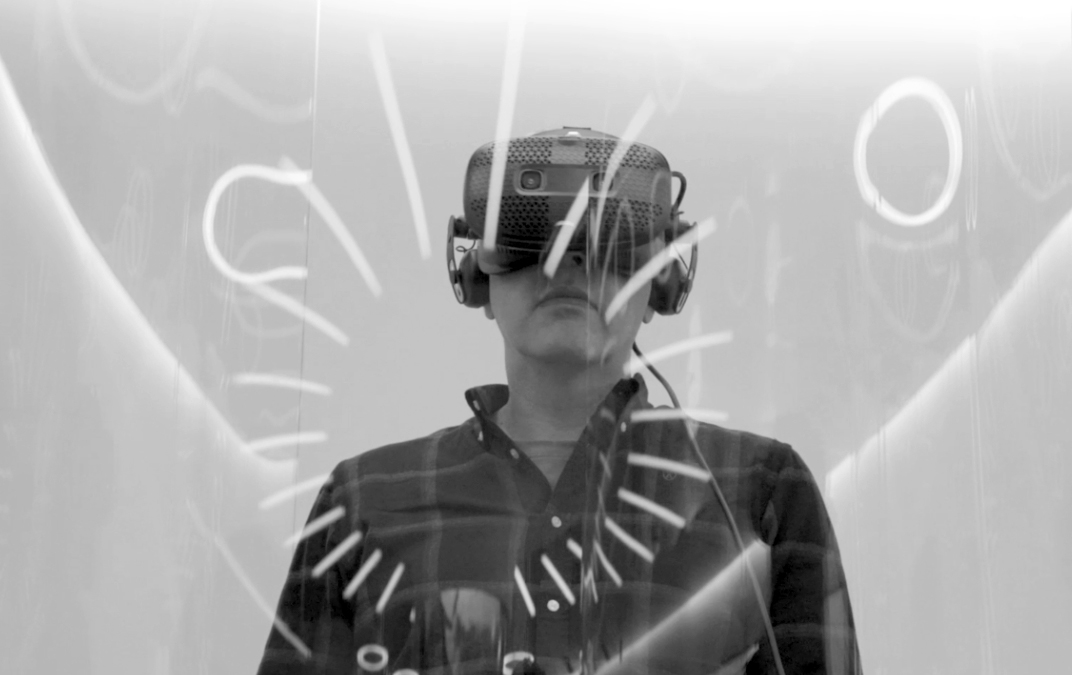Useful experiences

- Date
- Written by Darwin & Verne
Summertime is often a good moment for reflection. Besides resting, it offers plenty of opportunities to think about issues that our daily routines prevent us from addressing during the rest of the year—and it gives us a chance to recharge our energy for what’s to come.
A classic example? Reconsidering the “utility” services we have contracted: electricity, gas, water, and telecommunications—all essential and nearly universal.
If there’s one thing that defines these services, it’s their high level of regulation, which affects customers on several levels:
- The difficulty of understanding what has actually been contracted.
- The complexity of cost structures resulting from regulatory changes, which makes it almost impossible to understand (and assess) pricing.
- The universality of their provision, which requires highly extensive operations and often involves outsourcing and multiple layers of service.
These and other aspects end up being a source of frustration and dissatisfaction that damage the image of utility providers: according to various consultancy reports, these sectors consistently top the dissatisfaction rankings.

The result? Utilities have become fertile ground for the emergence of new competitors, further encouraged by different windows of liberalization in these sectors.
As customers of these services, the experience we live through can be broken down into the three critical dimensions of Customer Experience (CEX): Functional, Social, and Emotional.
Functional Value: Convenience and Comfort
Addressing friction in understanding services and pricing—both before and after contracting—highlights the fundamental need to deliver rational value.
The invoice, as a critical touchpoint, still offers major opportunities for radical transformation: simplifying, improving interpretation, and even educating and informing. It’s also one of the main “quick wins” toward sustainability. Electronic invoice as an option? Or electronic invoice as the default, except upon explicit request or for vulnerable customer segments?
Some disruptive examples that have caught our attention:
- Thames Water in the UK and its “One Journey”service, which allows customers migrating to smart meters to benefit from a one-year transition before their billing model changes. During this period, they continue to receive the traditional bill along with notifications (at months 3, 6, and 10) showing real-time consumption data—purely for informational and educational purposes—to help them understand the implications of the change.
- In Italy, ENEL launched “Enel Lumiè,” its Bureau Veritas-certified digital consumption simulator. Using a gamified approach, it captures and uses data about customers’ energy consumption patterns to send, in less than ten minutes, a personalized report with recommendations that go beyond electricity or gas—also covering liquefied gas, pellets, firewood, and more.
Social Value: Empathy and Problem-Solving
The “moments of truth” associated with essential procedures—contracting, service events, and cancellations—are often the main sources of customer dissatisfaction.
These procedures still depend on people. Whether face-to-face or remote, customers mostly expect a human interaction. The explosion of technology tools in recent decades—IVR systems, websites/apps, and chatbots—hasn’t fully delivered on their main promise: fast, smooth resolutions with a happy ending.
The real contribution of technology should be to “augment” human capacity—for example, by empowering service agents to resolve conflicts with responsible engagement.
And above all, by reversing the relational flow: having the company proactively reach out to provide value to the customer without being asked. For a change… how about proposing a better rate based on our usage history, or suggesting the cancellation of features we’ve never used which came bundled in our original plan?
Examples worth noting:
- Portsmouth Water empathizes with customers with special needs (vulnerable groups) by actively capturing and updating their individual circumstances so that service levels can be adapted accordingly. The company pre-fills available information to make updating special-needs data easier.
- DEC, the Swiss utility specialized in B2B, enables its corporate clients to acquire “Guarantees of Origin,” putting their social commitment to sustainability into action. It also provides a calculator to estimate the economic impact of transitioning to renewable sources versus leasing the company’s energy solutions.
Emotional Value: Trust, Peace of Mind, and Fairness
When regulations, rules, and limitations define customer relationships—and combine with lack of information plus operational complexity— the result is explosive: mistrust, constant alertness, and a growing sense of unfairness, which gradually erodes brand reputation.
If these sectors are “cold” by nature, illuminating key moments with warmth and empathy can be a huge opportunity to win customers’ hearts—and their genuine, not forced or incentive-driven, loyalty.
Here, true personalization can make all the difference. If technology and data now allow us to know customers better than ever, shouldn’t bespoke services become the norm? Not in terms of cross-selling or upselling, but in recognizing and valuing each customer holistically —whether as an individual (with multiple people or service points) or in their personal-professional duality.
Examples worth noting:
- Movistar, during the 2024 “DANA” floods in Valencia: the company provided free and unlimited data and national calls in affected areas, suspended billing for all impacted landline services, and mobilized volunteers and donations through its Foundation and the initiative #movilizadosporladana.
- LGE&KU in the U.S. launched the “Sounds of Sustainability” campaign, appealing to the senses through calming visuals and sounds that evoke tranquility while highlighting their focus on sustainable energy production. The campaign also introduced their “grass-eating sheep” at various solar plants—viewable via webcams.
Conclusion: From Utility to Usefulness—and Beyond
Utility services are essential and universal, but they hold an image of coldness and opacity that fuels dissatisfaction.
The key to reversing this perception lies in putting the customer at the center: speaking their language, simplifying processes, and being proactive in nurturing the relationship. In such a regulated and competitive sector, it’s not enough to improve the Customer Experience; the real opportunity lies in redefining it “putting ourselves in the customer’s shoes.”
Not as a reputational gesture, but as a lever for differentiation, loyalty, and brand building.







